Fuping Zhu
Senior Member, IEEE
Adaptive Deep Pyramid Matching for Remote Sensing Scene Classification
Nov 11, 2016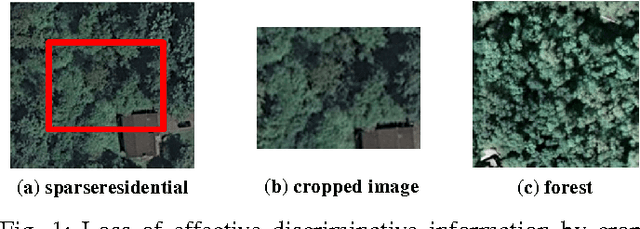
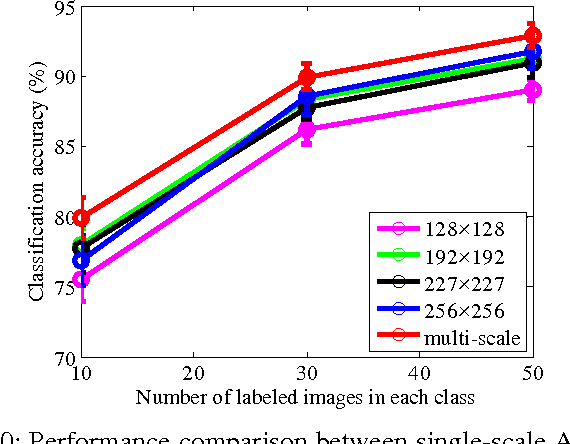
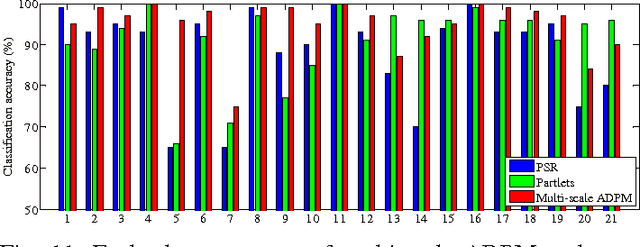
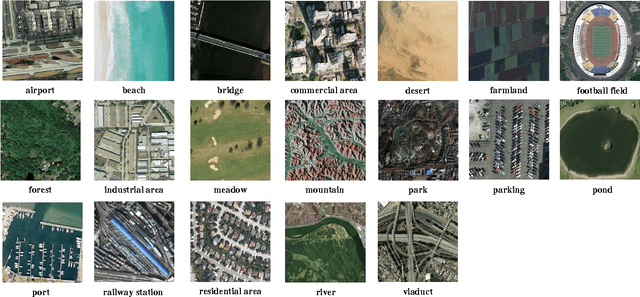
Abstract:Convolutional neural networks (CNNs) have attracted increasing attention in the remote sensing community. Most CNNs only take the last fully-connected layers as features for the classification of remotely sensed images, discarding the other convolutional layer features which may also be helpful for classification purposes. In this paper, we propose a new adaptive deep pyramid matching (ADPM) model that takes advantage of the features from all of the convolutional layers for remote sensing image classification. To this end, the optimal fusing weights for different convolutional layers are learned from the data itself. In remotely sensed scenes, the objects of interest exhibit different scales in distinct scenes, and even a single scene may contain objects with different sizes. To address this issue, we select the CNN with spatial pyramid pooling (SPP-net) as the basic deep network, and further construct a multi-scale ADPM model to learn complementary information from multi-scale images. Our experiments have been conducted using two widely used remote sensing image databases, and the results show that the proposed method significantly improves the performance when compared to other state-of-the-art methods.
Graph Regularized Low Rank Representation for Aerosol Optical Depth Retrieval
Mar 07, 2016
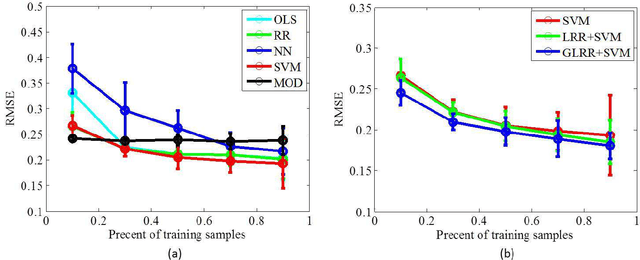


Abstract:In this paper, we propose a novel data-driven regression model for aerosol optical depth (AOD) retrieval. First, we adopt a low rank representation (LRR) model to learn a powerful representation of the spectral response. Then, graph regularization is incorporated into the LRR model to capture the local structure information and the nonlinear property of the remote-sensing data. Since it is easy to acquire the rich satellite-retrieval results, we use them as a baseline to construct the graph. Finally, the learned feature representation is feeded into support vector machine (SVM) to retrieve AOD. Experiments are conducted on two widely used data sets acquired by different sensors, and the experimental results show that the proposed method can achieve superior performance compared to the physical models and other state-of-the-art empirical models.
 Add to Chrome
Add to Chrome Add to Firefox
Add to Firefox Add to Edge
Add to Edge